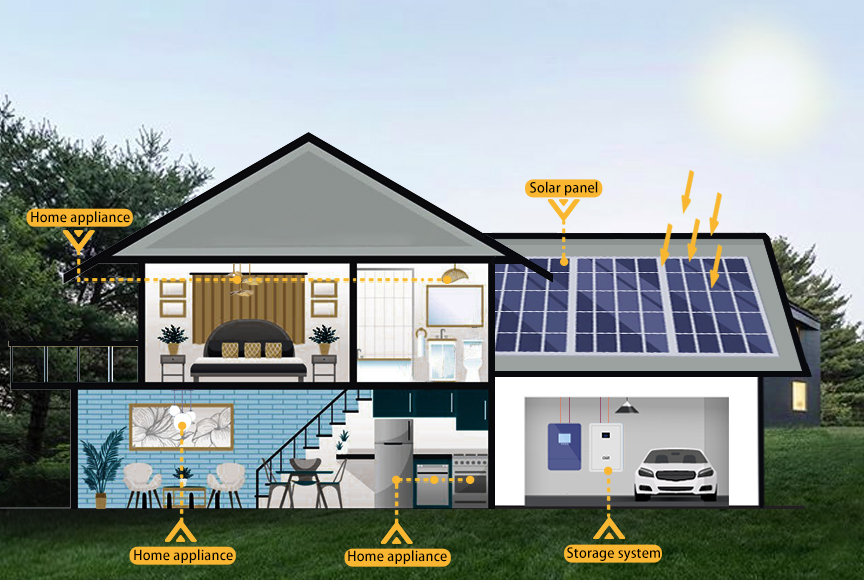Adopting clean energy solutions, such as newer energy storage batteries and an electric vehicle, is a huge step toward eliminating your fossil fuel dependence. And it is now more possible than ever.
Batteries are a big part of the energy transition. The technology has grown in leaps and bounds over the past decade.
New highly efficient designs can store energy to reliably power homes for a long time. If you are looking for ways to empower yourself and make your home more efficient, you don’t have to choose between power and the planet. You also don’t have to fear that your solar panels will not enable you to charge your electric vehicle during a storm. Batteries can help you turn to clean energy instead of a polluting diesel generator in a pinch. In fact, concerns about climate change and the desire for clean energy are driving up demand for battery energy storage so people can access clean electricity as needed. As a result, the U.S. battery energy storage system market is expected to flourish at a compound annual growth rate (CAGR) of 37.3% by 2028.
Before adding storage batteries in your garage, it is important to understand battery basics and what your options are. You’ll also want to seek expert help to make the right electrification decisions for your unique home situation and energy needs.
Why energy storage batteries?
Energy storage is not new. Batteries have been used for more than 200 years. Simply put, a battery is merely a device that stores energy and later discharges it by converting it to electricity. Many different materials can be used in batteries, such as alkaline and lithium ion.
On a broader scale, hydroelectric energy has been stored since 1930 in the U.S. Pumped storage hydropower (PSH) uses water reservoirs at different elevations to generate power as the water moves down from one reservoir to the next through a turbine. This system is a battery because it stores power and then releases it when needed. The U.S. generated 4 billion megawatt-hours of electricity in 2017 from all sources. However, PSH is still the primary large-scale means of energy storage today. It comprised 95% of energy storage used by utilities in the U.S. that year. However, demand for a more dynamic, cleaner grid is inspiring new energy storage projects from sources beyond hydropower. It’s also leading to newer energy storage solutions.
Do I need energy storage at home?
In the “old days,” people kept battery-powered flashlights and radios (and extra batteries) around for emergencies. Many also kept non-environmentally friendly emergency generators around. Modern energy storage systems accelerate that effort to power the whole house, offering more sustainability as well as economic, social and environmental
benefits. They supply electricity on demand, providing greater flexibility and power reliability. They can also reduce expenses for energy consumers and, of course, lessen the climate impact from power generation.
Access to charged-up energy storage batteries lets you operate off the grid. So, you can keep your lights on and EV charged if your utility-transmitted power is cut due to weather, fires or other outages. An additional benefit for homeowners and businesses that are not sure about their future needs is that energy storage options are scalable.
You may wonder if you really need storage in your home. Odds are you do. Consider:
- Does your area rely heavily on solar, hydroelectric or wind power — all of which may not be available 24/7?
- Do you have solar panels and want to store the power they generate for later use?
- Does your utility turn off the electricity when wind conditions threaten power lines or to conserve energy on hot days?
- Does your area have grid resilience or severe weather issues, as demonstrated by recent outages caused by unusual weather in many areas?

Post time: Apr-23-2023


